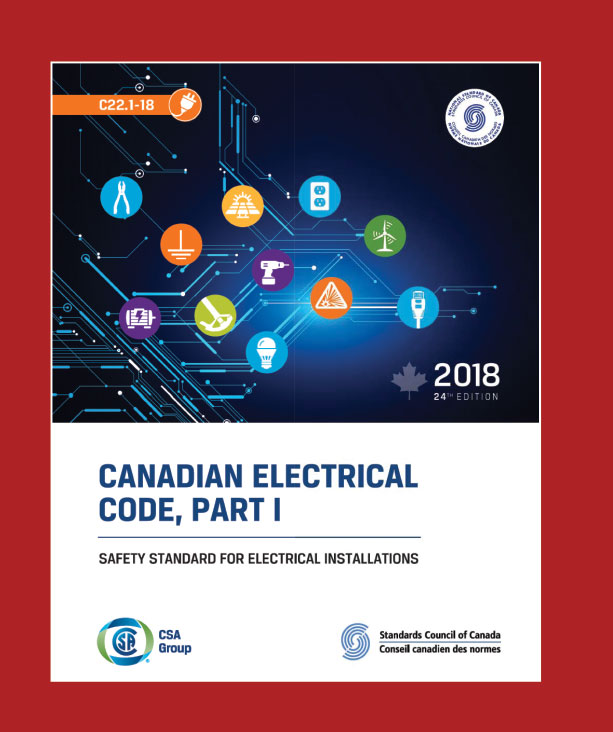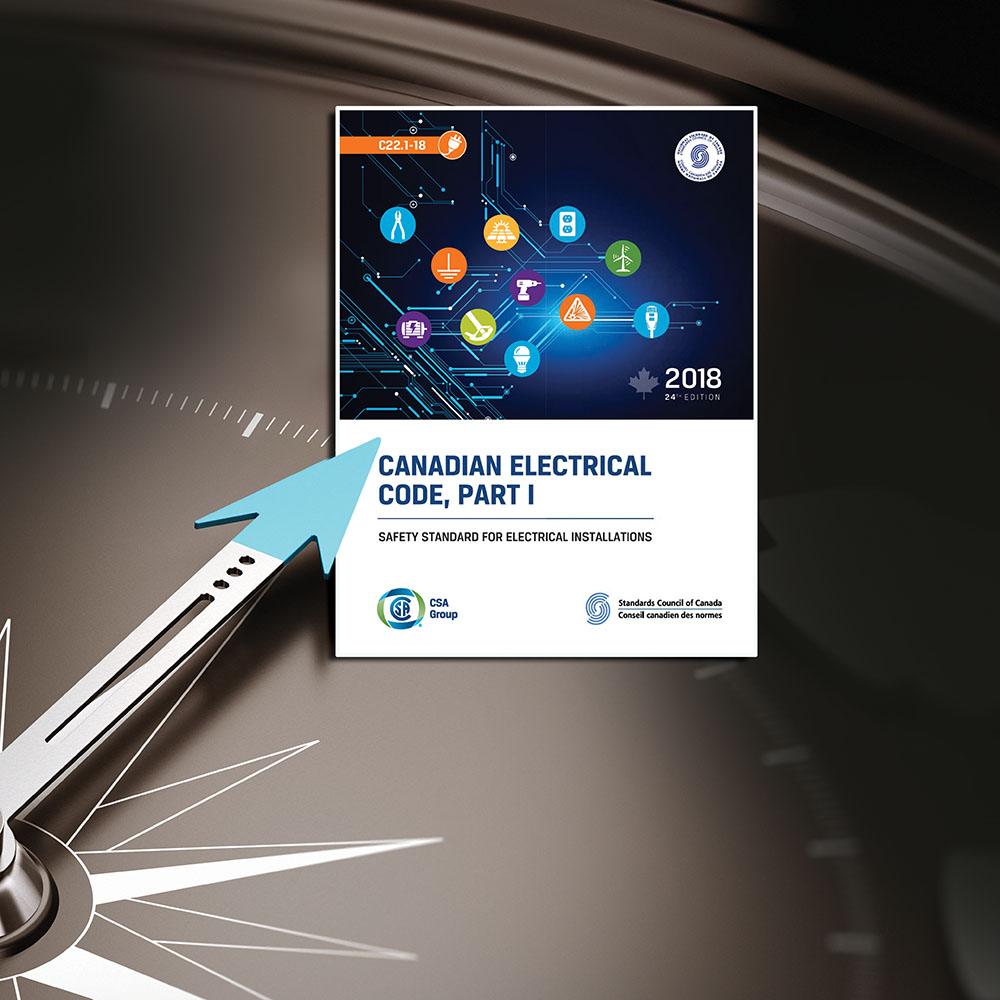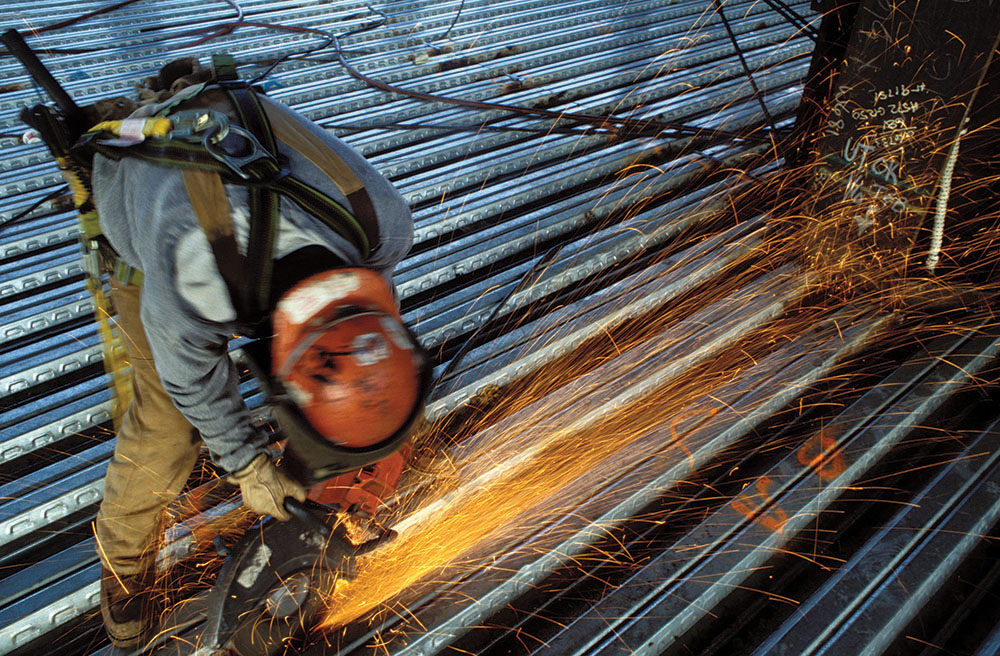Enabling younger members, electrical professionals who have not yet joined, and our supportive industry partners to feel connected to and appreciated by the Association will be key to our associations’ long-term strength
EC-2017 Section 312.8(B) was added to allow installation of Listed power monitoring equipment inside panelboards. Where can I find power monitoring equipment that is Listed for use in panelboards?
PV systems, small and large, residential, commercial, and utility-scale are becoming more complex every year and with every Code cycle.
This is the fifth in a series of five articles detailing significant changes approved by the Technical Committee for the 2018 Canadian Electrical Code Part I (CE Code).
The CE Code is a comprehensive document. Sometimes it can seem quite daunting to quickly find the information you need. This series of articles provides a guide to help users find their way through this critical document.
Test your knowledge of Tables in the 2017 NEC by taking this Code Hunter quiz.
What is the industry doing to help educate electrical workers and what training resources are available?
Let's start with the basics of Z32 and Section 24 of the CE Code. What is a “health care facility” for the purpose of Section 24 of the CE Code
There has been much concern about the challenges the construction industry is and will be facing over the next several years, construction labor shortages.









